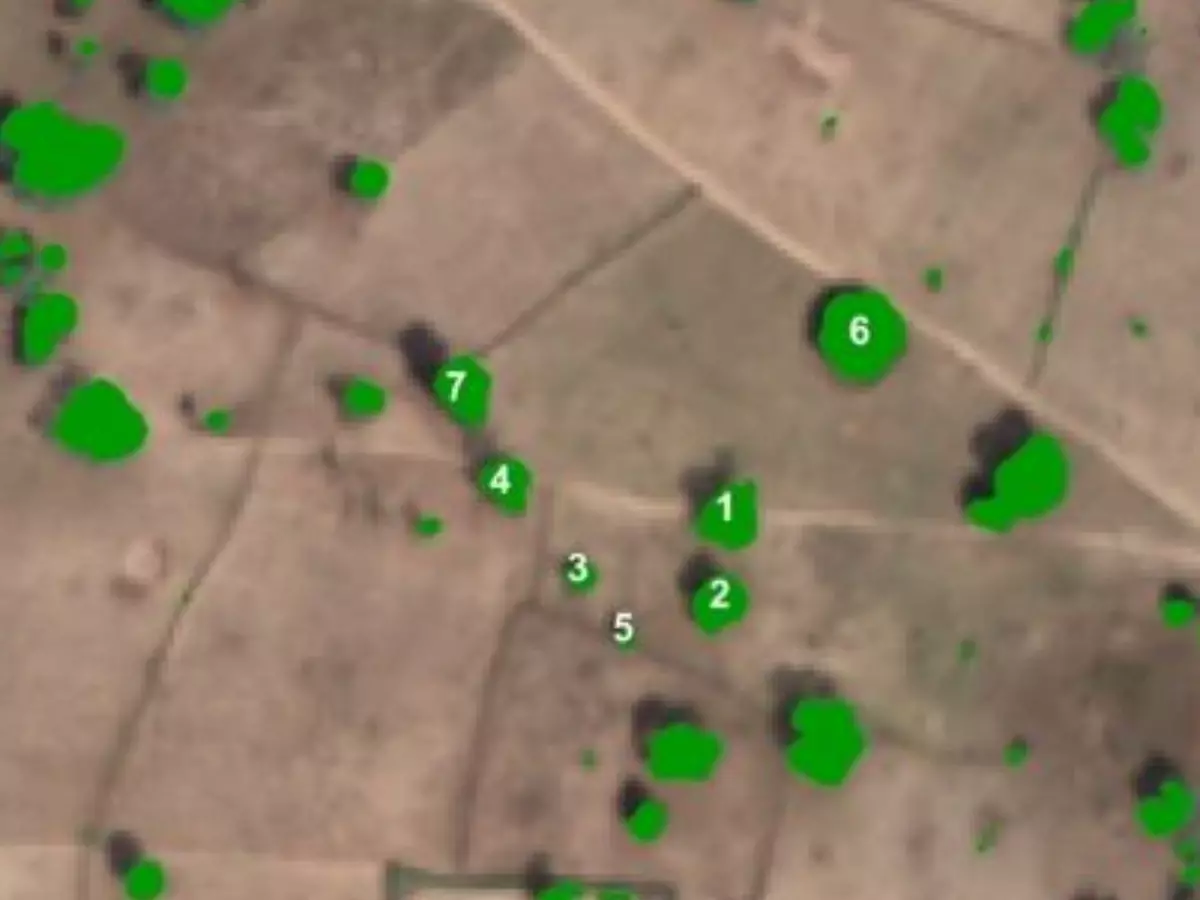NASA Found 1.8 Billion Trees In Sahara Desert And How It Will Help Eco-Conservation
NASA scientists took the help of powerful supercomputers as well as machine learning algorithms to map the width of the tree when viewed from top -- also known as the crown diameter. They calculated the crown diameters of over 1.8 billion trees across a 1,300 square kilometre area.

We often hear how humans and their deforestation efforts have truly harmed the environment in catastrophic ways. And one of the ways researchers are able to make such claims is depending on the data they¡¯ve collected over the years.
 Reuters
Reuters
However, now scientists at NASA have showcased a new method for mapping location and size of trees growing outside of forests. While demonstrating this, they also revealed how they¡¯ve discovered billions of trees in arid and semi-arid regions of the Sahara Desert, thus establishing a method that promises to offer more accurate global measurements of storage of carbon on the land.
According to a new technique, NASA scientists took the help of powerful supercomputers as well as machine learning algorithms to map the width of the tree when viewed from top -- also known as the crown diameter.
They calculated the crown diameters of over 1.8 billion trees across a 1,300 square kilometre area. They looked at how the crown of the tree, coverage and density differed depending on the land and rainfall in a particular area.
Normally, a study like this could take months, even years. However, NASA was able to do it in a few weeks, all thanks to its system which looked at high resolution images and used AI for its analysis. However, training the AI took more than a year.
Finding carbon accurately
According to Compton Tucker, a senior biospheric scientist in the Earth Sciences Division at NASA, ¡°Future papers in the series will build on the foundation of counting trees, extend the areas studied, and look ways to calculate their carbon content.¡±
 NASA
NASA
He says that, "NASA missions like the Global Ecosystem Dynamics Investigation mission, or GEDI, and ICESat-2, or the Ice, Cloud, and Land Elevation Satellite-2, are already accumulating data that will be used to measure the height and biomass of forests. In the coming future, fusing these data sources with the help of AI could open up new possibilities for research."
In the end analyses like these would help us better eliminate excess carbon dioxide from our planet. He added, ¡°Our objective is to see how much carbon is in isolated trees in the vast arid and semi-arid portions of the world. Then we need to understand the mechanism which drives carbon storage in arid and semi-arid areas. Perhaps this information can be utilized to store more carbon in vegetation by taking more carbon dioxide out of the atmosphere.¡±
